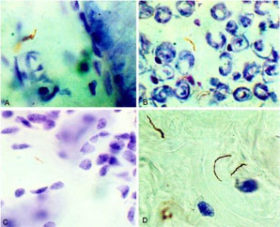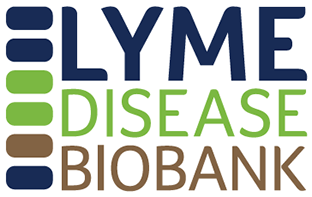By Bay Area Lyme Foundation – Bonnie Crater, founder and vice-chair of the Board of Directors, Bay Area Lyme Foundation
“I was driving down a road that I’ve driven 1,000 times and suddenly I had no idea where I was or where I was going. So, I pull over to the side of the road to get myself oriented, and then 5-10 minutes later, I remembered and drove to my destination.”
Several friends affected by Lyme have told me of this same experience. It’s caused by the brain fog symptom of Lyme disease, which is often called “mild cognitive impairment” by physicians. I first learned about brain fog when my friend Laure and I founded the Bay Area Lyme Foundation. She explains it like this:
“My nature is to be prompt, attentive and on top of things. It’s important to me to remember people and conversations, and follow up later. Brain fog makes me feel like my brain is muffled with cotton, and it turns me into a “flake” which is very frustrating and hard for me to accept. There are times my brain has been so confused and my spatial awareness is so poor that I’ve actually walked right into a wall. Often, when I am experiencing brain fog, I have to read paragraphs numerous times, and can’t comprehend the content or remember the beginning of the paragraph by the time I’ve gotten to the end.”
As you can imagine, experiencing brain fog—and the cognitive dysfunction involving memory problems, lack of mental clarity, and poor concentration that comes along with it—is very scary for Lyme patients.
 Guest Post from
Guest Post from

 Sunday, August 26th is
Sunday, August 26th is 
 This week, we have a guest post from Daniel Lynch. Daniel Lynch is the founder of
This week, we have a guest post from Daniel Lynch. Daniel Lynch is the founder of  The national
The national  Liz Horn, PhD, MBI,
Liz Horn, PhD, MBI, Lyme disease, particularly with chronic or late-stage symptoms, can be a horribly frustrating and debilitating illness.
Lyme disease, particularly with chronic or late-stage symptoms, can be a horribly frustrating and debilitating illness. 